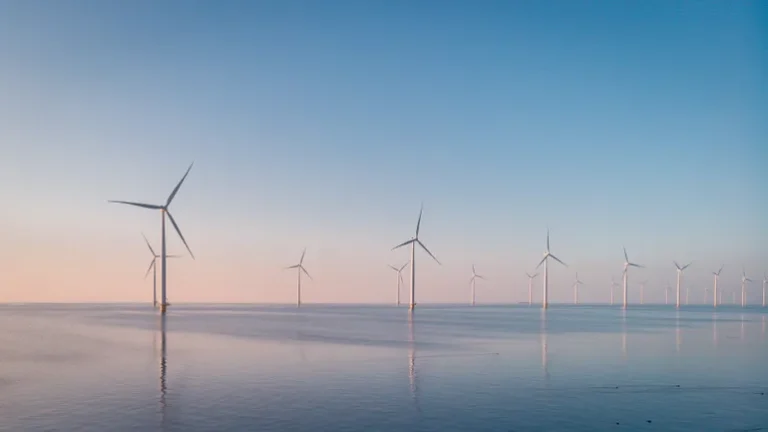This audio is automatically generated, if you have any feedback please let us know.
Dive Overview:
- Danish offshore wind giant Orsted last week unveiled a plan to recover from the damage caused by last year's financial turmoil in the industry, with a new business strategy that includes job cuts, suspending dividends, reducing capacity targets and selling some assets.
- Chairman Thomas Thun Andersen also announced he would be stepping down from the firm last week, and S&P Global said it had downgraded Orsted's credit rating to BBB from BBB+.
- “We have had a good and constructive dialogue with S&P over recent months and were aware of the possibility of a one-notch rating downgrade,” Ørsted's interim CFO Rasmus Herbø said in a statement. “We do not expect the downgrade to have any unexpected impacts on our updated business plans or related financing strategy.”
Dive Insights:
Ørsted said its “fundamental strategic choices regarding technology and region have not changed” and that the company “still aspires to be a world leader in offshore wind”, but that it was reviewing its portfolio to manage risks.
The company last year canceled its Ocean Wind 1 and 2 offshore wind projects in New Jersey. In January, it said it would “reposition” its 966-MW Skipjack Wind project off the coast of Maryland and seek new power contracts because existing terms are no longer commercially viable.
Orsted said it would learn lessons from the US offshore wind market and focus on contingency planning, inflation protection, “greater flexibility on project schedules and commissioning dates” and project governance.
Meanwhile, the company will cut 600 to 800 jobs worldwide, exit offshore wind markets in Norway, Spain and Portugal, focus its U.S. portfolio in the Northeast Atlantic region and plan a “leaner development” of floating wind.
After Orsted announced its new strategy, S&P Global said it had downgraded the company's long-term issuer credit rating to BBB from BBB+, but maintained its short-term rating of A-2.
“We perceive the offshore wind industry as riskier than in the past. While we see weaker project management at Orsted, particularly in the U.S., we expect the company's remaining investment and divestiture plans to enable it to successfully manage the significant industry risks it faces,” S&P Global said.
Andersen said he stepped down as chairman after the new business plan was approved. The board will present a recommendation for a new chairman at its annual general meeting on March 5.
Kevin Baike, vice president of project finance and infrastructure at Morningstar DBRS, said in an interview that because of Orsted's position as the world's largest offshore wind developer, it “experienced the most challenges” last year as the industry struggled with supply chain disruptions, inflation and rising interest rates.
“Announcing a significant impairment by abandoning certain projects or terminating contracts on certain projects would certainly be credit negative for Orsted,” Baike said.
As a result, he said he believes Orsted will make flexibility a priority in contract negotiations going forward.
“We don't want to be penalized on those contracts in the future where our costs have risen so much that we have to cancel the contract because there's nothing we can do about it,” Baquet said. “We don't want to take any more impairments going forward. It's not good for shareholders and it's not good for the share price.”
He said it's to the industry's advantage that states with offshore wind procurement targets are now being encouraged to offer more flexible contracts going forward, putting them in a better position to help developers meet those targets.
New York aims to procure 9GW of offshore wind power by 2030. The latest recruitment round includes developer-friendly termsThis will allow developers who have terminated their contracts to re-bid in an expedited bidding process with waived termination fees.
Beike said Orsted's announcement of its accelerated sale plans was “necessary to allay shareholder concerns”.
“To fund these future projects, Orsted could issue shares and bonds, or it could raise funds by selling some of its projects and use the proceeds to offset the equity issuance,” he said. “If it were to issue fewer shares and fund some of that through sales of non-core assets, there would be less new issuance and therefore less concern for shareholders.”

